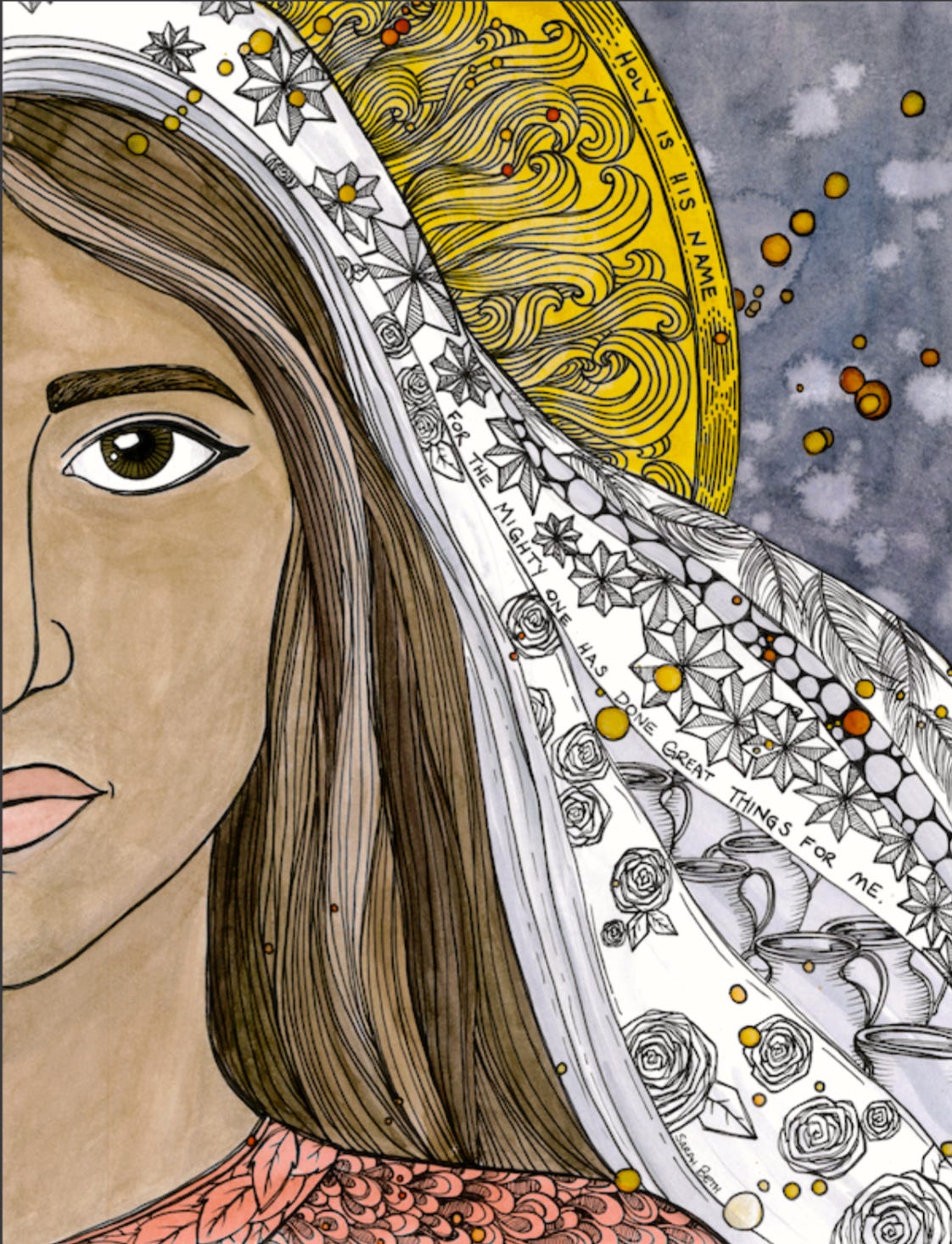The Magnificat (or “Mary’s Song”) has long been an anthem used by Christians around the world as a trumpet call to liberation and justice, even to such an extent that recitation of these words have been banned during different period by governments such as Britain occupied India, Guatemala, and Argentina.
Even today, Mary’s words of toppling the powerful and lifting the lowly make even some Christians uneasy. It is powerful language, especially when we consider that Mary was a teenage girl, likely from a relatively poor family, living under Roman occupation.
The role of Mary has often been overlooked by Protestants. By we overlook her to our own detriment. Mary, who is sometimes referred to as the “queen of the apostles,” gives us a beautiful picture of God’s eschatological design for human societies. She is an ideal image of the prophetic function in the church. She is an ideal image of womanhood.
Mary through the eyes of women
Speaking of womanhood, years ago, Joyce del Rosario did her PhD work at my alma mater (and where I know teach), Fuller Seminary, on Mary. In her research, she showed images of Mary to two stakeholder groups. The images were similar (though not necessarily identical) to these below:

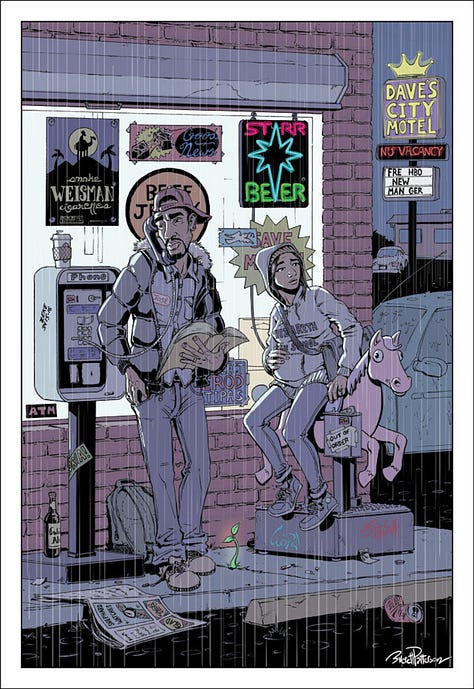
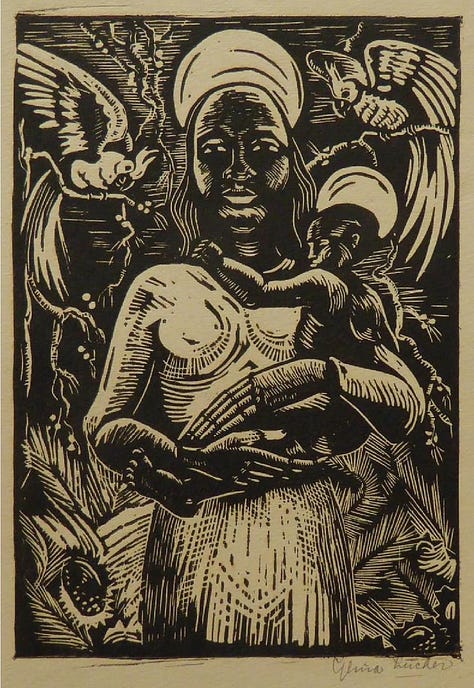
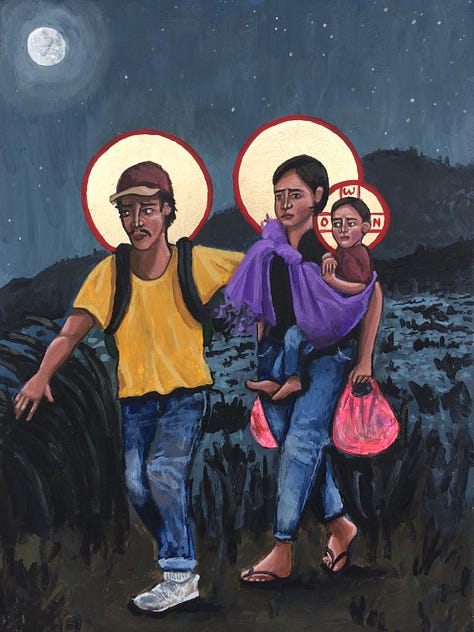

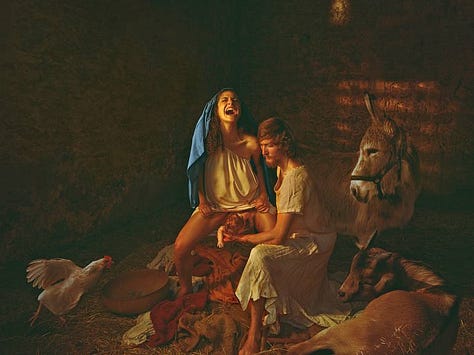
The first stakeholder group were church people. The second stakeholder group del Rosario showed the pictures to were at risk women. What she found is that while church folks tended to view the images of Mary (and Joseph) from a third person perspective (meaning, “objectively” or “outside” of the art), the at risk women identified with Mary. They viewed the images through her eyes. Her experience, etc.
In my view, this demonstrates the powerful capacity the story of Mary has to permit people on the margins of society the ability to see their place in the Scriptural story and to give us insight that the rest of us may not otherwise see.
Dietrich Bonhoeffer on Mary’s Song
Of Mary’s Song, Dietrich Bonhoeffer said this:
The song of Mary is the oldest Advent hymn. It is at once the most passionate, the wildest, one might even say the most revolutionary Advent hymn ever sung. This is not the gentle, tender, dreamy Mary whom we sometimes see in paintings.…This song has none of the sweet, nostalgic, or even playful tones of some of our Christmas carols. It is instead a hard, strong, inexorable song about the power of God and the powerlessness of humankind.
It’s my hope that as we walk through in the Advent and Christmastide season, we will see Mary’s proper place in it. She puts to words the hope that the first coming of Christ set into motion—hope that will find its final consummation in his second coming—but also a hope that we work in partnership with the Spirit here and now with that second coming in view.
The Magnificat as Peaceful Resistance
In 2020, I compiled a collection of images of peaceful resistance of women and set them behind verses of The Magnificat (Mary’s Song) found in Luke 1:46-55.
May the words of Mary, the mother of Jesus be an anthem in our time as well.









Note: To my dismay, I’m not aware of all of the brilliant authors who have compiled these images. But Sara Beth Baca’s work hands proudly in our home and thus, I want to recommend her work to you. Click here for more.





